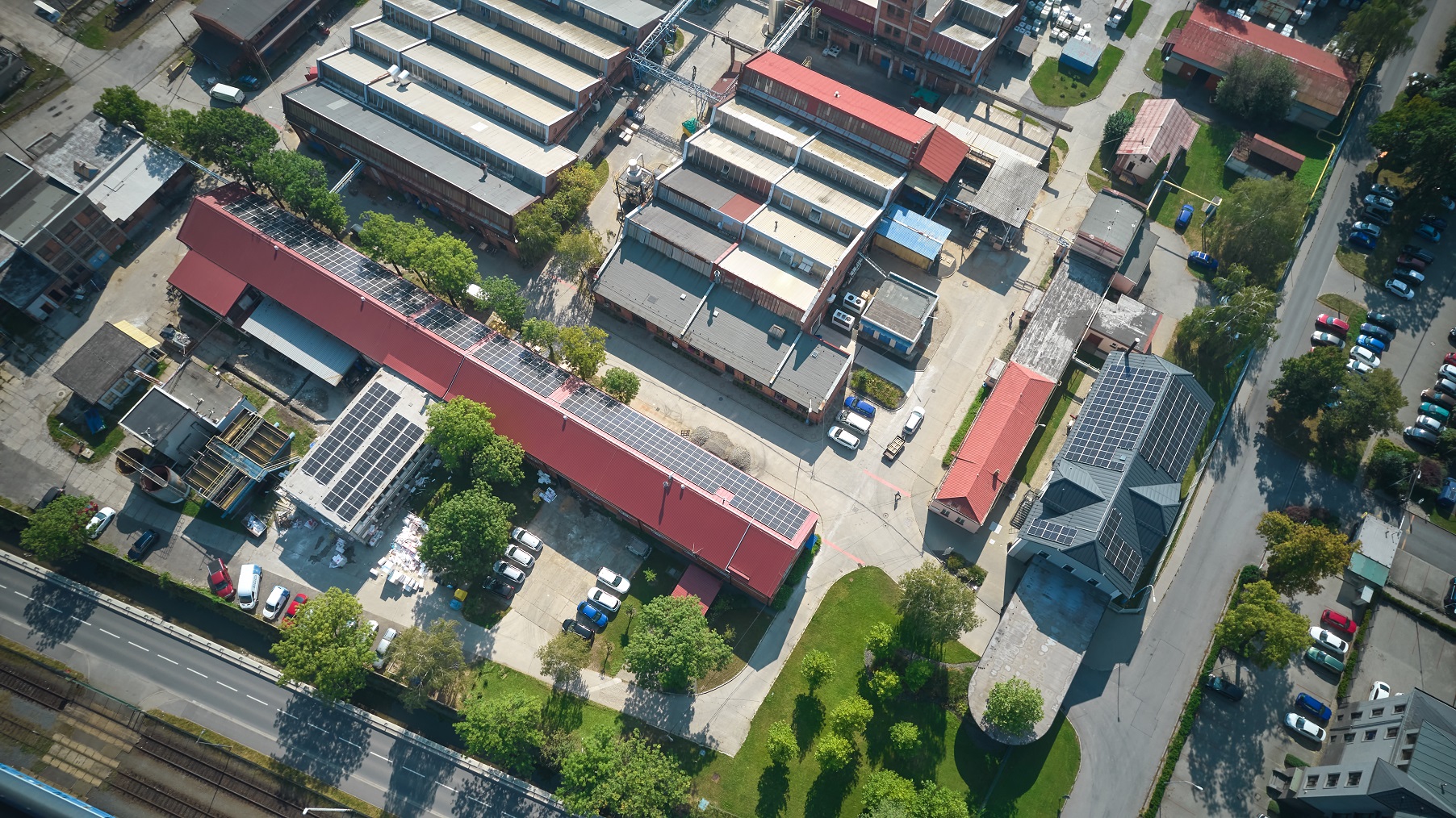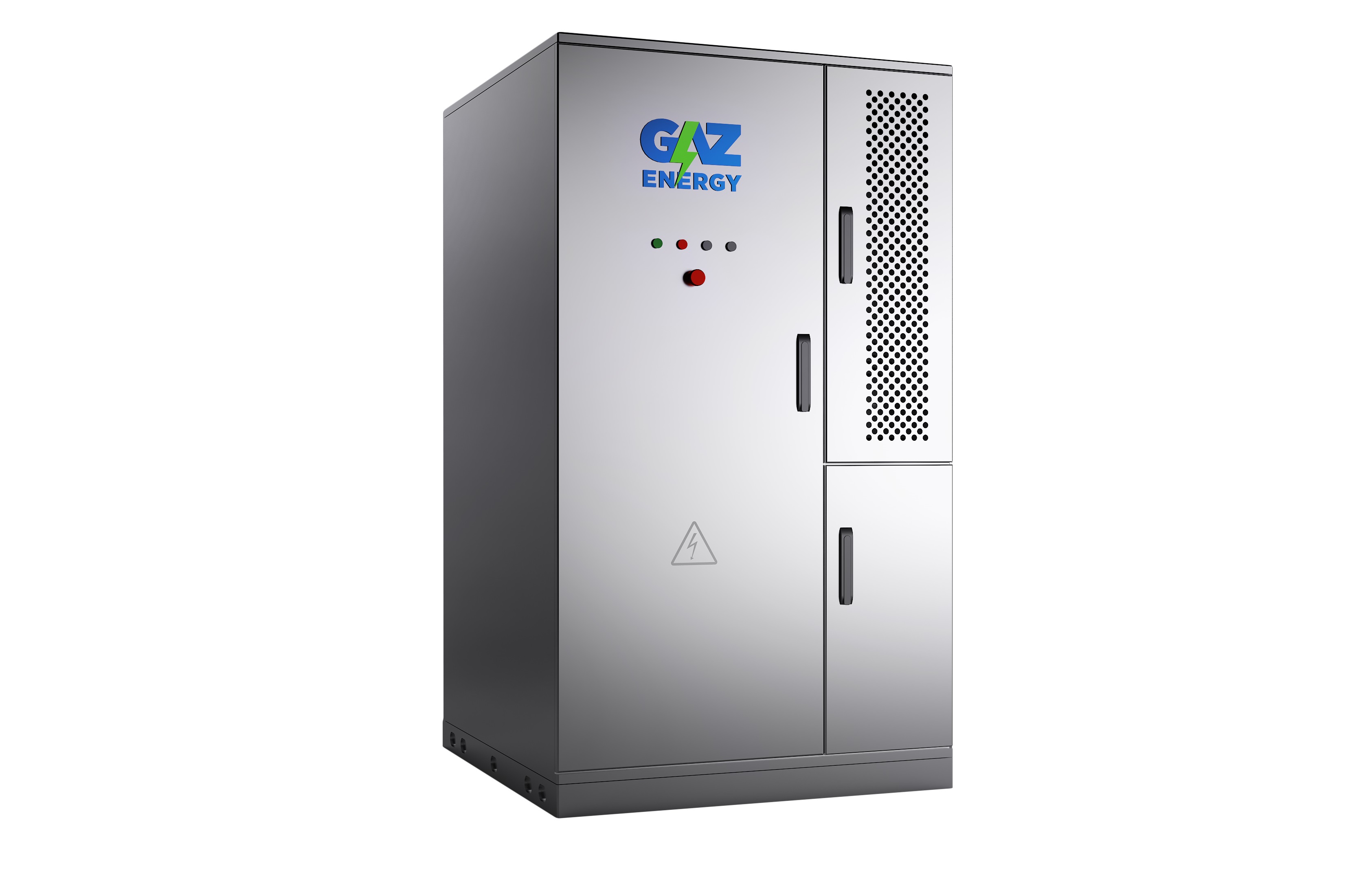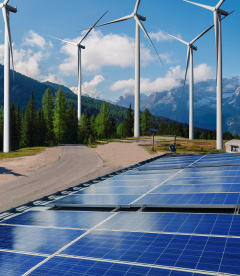Currently, the factory consumes almost 30 percent less energy than in 2022, which helps to tackle the increased energy costs. However, at least in Europe, energy prices are more and more volatile, to which the factory must be resilient. That's why the medium-term target is to save an equivalent to 60 percent of the baseline consumption. To achieve it, a third phase of the facility's modernization will be implemented this year, and this is when ESS comes into play.
More efficient with batteries
Firstly, PV panels will be installed both on the roofs and on the ground in parts of the premises that are unusable for production or storage warehouses. The MWp-scale photovoltaic power plant will be complemented by a 1.5 MWh ESS, while Bochemie's technicians are already planning an increase in its capacity. The system is of our own manufacture – as you may have noticed, GAZ just unveiled a new line of ESSs consisting of Lithium-ion cells of the LFP variety. By the way, according to the company's management, both the PV plant and the storage will pay for themselves in just three to four years, that is without any incentives or funding in the form of governmental subsidies.
The storage will enable Bochemie to cover peaks in consumption with their own electricity and thus reduce the capacity reserved with the energy supplier by at least a third, a concept known as peak-shaving. At the same time, our colleagues in Bohumín will be able to buy electricity on the spot market more effectively and predictably and will not need to sell their excess production at lower prices. In other words, this will help tackle energy price peaks as Bochemie will buy part of its electricity consumption when it is cheapest and use it when it is most expensive.








